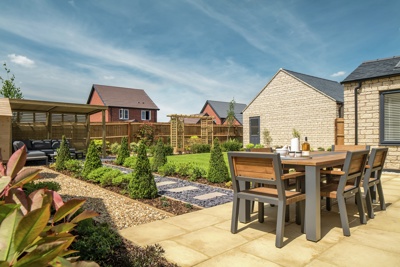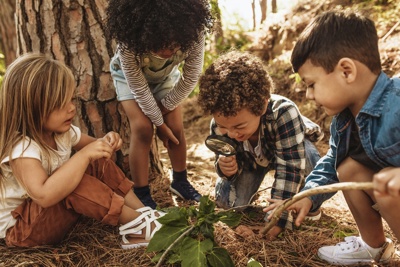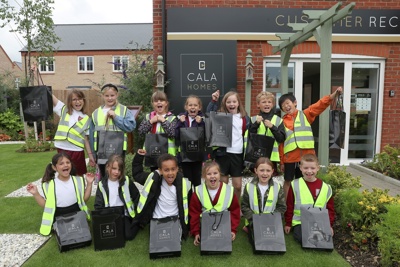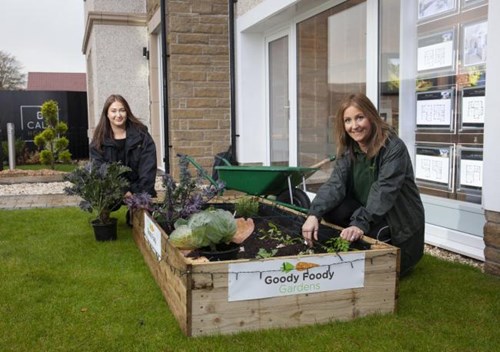Did you know that pollinators - such as bees, wasps and beetles - are essential for allowing plants to seed, fruit and reproduce?
From creating habitats for other creatures, to putting food on our forks, pollinators are undoubtedly vital for our survival and that of our wildlife.
But these insects, such as our humble bumblebee, are under threat - with several species facing a decline through the heavy use of pesticides, climate change and the changing landscape.
Regardless of whether you’ve got a sprawling backyard or a few pots on your windowsill, we can all play a role in encouraging wildlife back into our green spaces and creating environments for them to thrive in.
On our Bicester development, Cala at Kingsmere, we’ve certainly heeded this advice. We’ve turned the development’s marketing suite into a spectacular nectar garden, complete with nectar-rich shrubs and plants, butterfly feeders, a ‘high-rise bug hotel’ and even bee nesting towers for pollinators.
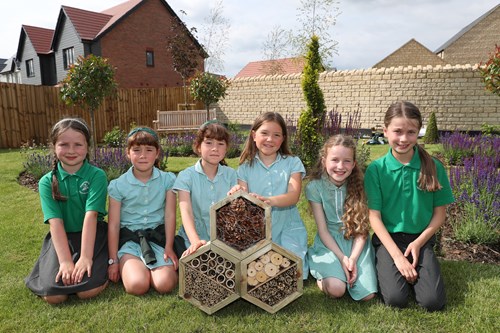
We’ve also partnered with teachers and children at nearby St Edburg's Primary School, who have come to the development to enjoy an outdoor biodiversity lesson, using the nectar garden as their very own outdoor classroom!
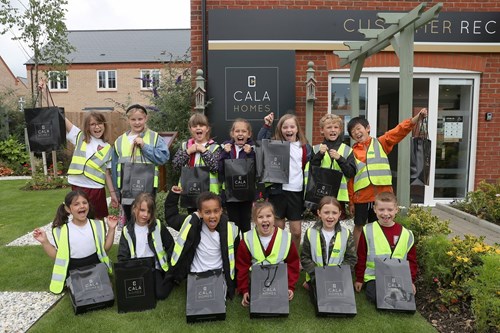
And on our Fernleigh Park development in Long Marston, Warwickshire, we’ve installed a sensory garden which is now home to an abundance of olfactory herbs, shrubs and flowers to keep our pollinators (and our noses) happy!
The designer and creator of our nectar garden, Bev Rodway-Smith from Benchmark, shared some more in depth steps we can take to boost biodiversity.
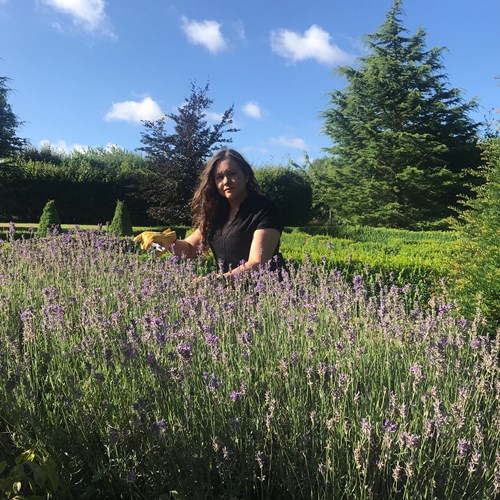
She said: “Incorporating sustainable elements into your garden design, as we’ve done in Kingsmere’s nectar garden and Fernleigh Park’s sensory garden, needn’t be a huge undertaking. Even small steps - like reserving a corner of the garden to pollinators, sowing wildflowers or even letting your lawn grow a little longer - will all help to support biodiversity.”
BEV’S TOP TIPS FOR A WILDLIFE FRIENDLY GARDEN:
- A Platter for our Pollinators - Much of the food in your garden that wildlife rely on comes from flowers and shrubs, so the more you plant the better! Aim for nectar and pollen-rich varieties and choose a range of different species so that you have something flowering throughout the year. Scented plants such as Jasmine, Lavender, Clematis and Wisteria all work really well. If you have space in your garden, why not dedicate an area to wildflower seed or a cornfield bed? You could also plant a native hedgerow such as Field Maple, Hazel or Dogwood. For our feathered friends, install bird feeders and bird tables. You can buy ready-made bird food or search the internet for some great homemade recipe’s ideas!
- Ensure a Good Supply of Water - Water is the most important element for a wildlife-rich home. If you have the space, a small pond or bog garden is a fantastic way of attracting frogs, newts and dragonflies. A birdbath is the perfect option for smaller gardens. Use rainwater rather than tap water in your garden, installing a butt to collect water for your birdbath and plants.
- Make your Garden Accessible – To maximise the positive effects of your garden, wildlife should be able to get in and out easily. You could make a small hole at the bottom of your fence behind the shrubbery in a couple locations to create ‘highways’ and allow hedgehogs and other wildlife to move from one area or garden to the next.
- Go Chemical Free - Avoid using chemicals in your garden as much as possible. Use peat-free compost and, if you can, source plants that have been grown in peat-free varieties. Composting organic household waste can provide a great free source of natural fertilizer and a compost bin is the perfect location for egg laying and hibernation for some amphibians, reptiles and worms. By adopting some simple and cost-effective ideas, we can all encourage more wildlife into our gardens; and the more we come together as a community to take collective steps, the greater the local impact will be on local wildlife. Make the changes, be patient, and our bees, birds, bats and hedgehogs will come.
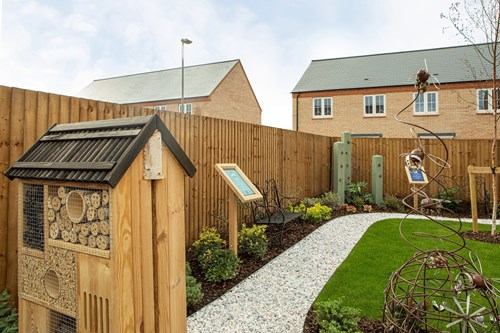
Visit our Cala at Kingsmere page for more information.

